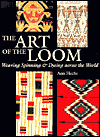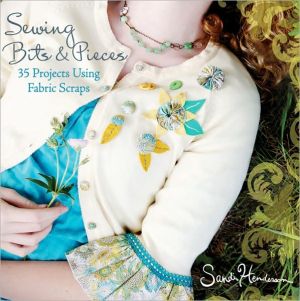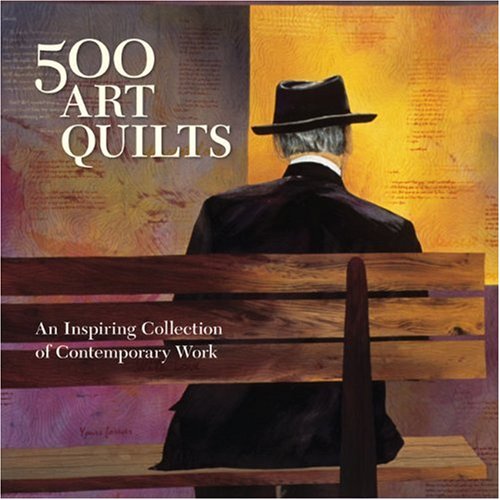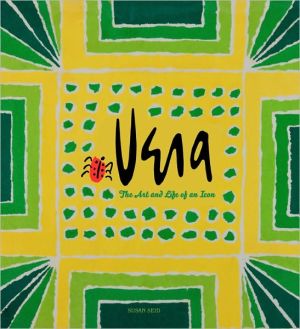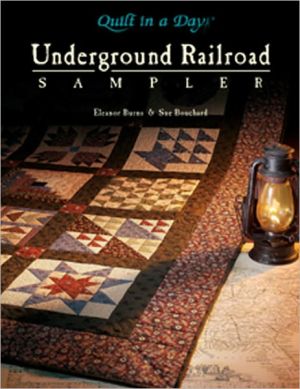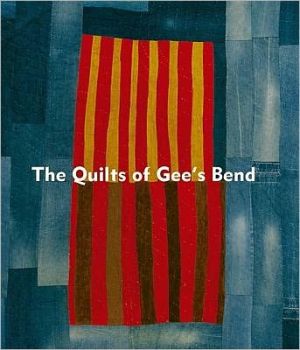The Art of the Loom: Weaving, Spinning, and Dyeing Across the World
Colorful and sometimes complex textiles are still produced in many parts of the world using only the simplest tools and equipment. The Art of the Loom focuses on eight areas of special interest--Navaho weaving in North America; bedouin textiles in the Middle East; West African narrow-strip weaving; Indonesian textiles; "kasuri" resist dyeing in Japan; inlay weaving in Nepal; brocaded motifs from Guatemala; and Peruvian tapestry weaving--and describes the fibers used, the methods of spinning...
Search in google:
This is a reprint of a text previously published in 1989 (the British Museum Press), emphasizing traditional methods of weaving, spinning and dyeing. The introduction explains basic principles of these techniques. Each of the eight chapters following the introduction focuses on a specific region of the world and its textile form: Navaho Indian weaving, Arabian bedouin work, West African narrow-strip weaving, Nepalese inlay, Indonesian textiles, Japanese kasuri resist dyeing, Guatemalan decorative weavers, and Peruvian tapestries. For students, anthropologists, and practicing weavers. The text contains 169 illustrations, including 60 in color. Annotation © Book News, Inc., Portland, ORLibrary JournalHecht details the history and the diversity of complex textiles created with traditional methods that are still in use today. General descriptions of fibers, methods of spinning and dyeing, types of looms, and techniques of weaving are outlined in the introduction. The eight areas highlighted include Navaho Indian weaving in North America, the work of the Bedouin from the Arabian peninsula, West African narrow-strip weaving, inlay weaving in Nepal, Indonesian textiles, ``kasuri'' resist dyeing from the islands of Japan, brocaded motifs from Guatemala, and Peruvian tapestry weaving. Each section relates the importance of textiles in the culture while defining the uniqueness of the materials and the process of creation. Numerous photographs illustrate examples of textiles and artisans at work. This beautiful and scholarly title is for large public and academic libraries with an interest in the decorative arts.-- Judith Yankielun Lind, Roseland Free P.L., N.J.
Preface7Acknowledgements8IntroductionThe loom9Spinning16Dyeing22Weaving321North America: The Navaho412The Middle East: The bedouin583West Africa: Narrow-strip weaving804South-East Asia: Indonesian textiles1005East Asia, The Islands Of Japan: Kasuri resist dyeing1236South Asia: Inlay weaving of Nepal1427Central America: Brocaded motifs from Guatemala1598South America: Peruvian tapestry weaving180Sources And Further Reading198Illustration Acknowledgements204Index205
\ Library JournalHecht details the history and the diversity of complex textiles created with traditional methods that are still in use today. General descriptions of fibers, methods of spinning and dyeing, types of looms, and techniques of weaving are outlined in the introduction. The eight areas highlighted include Navaho Indian weaving in North America, the work of the Bedouin from the Arabian peninsula, West African narrow-strip weaving, inlay weaving in Nepal, Indonesian textiles, ``kasuri'' resist dyeing from the islands of Japan, brocaded motifs from Guatemala, and Peruvian tapestry weaving. Each section relates the importance of textiles in the culture while defining the uniqueness of the materials and the process of creation. Numerous photographs illustrate examples of textiles and artisans at work. This beautiful and scholarly title is for large public and academic libraries with an interest in the decorative arts.-- Judith Yankielun Lind, Roseland Free P.L., N.J.\ \ \ \ \ BooknewsSupported by 170 illustrations (60 in color) Hecht's text focuses on eight areas of special interest: Navaho weaving; bedouin textiles in the Middle EAst; West African narrowstrip weaving; Indonesian textiles; "kasuri" resist dyeing in Japan; inlay weaving in Nepal; brocaded motifs from Guatemala; and Peruvian tapestry weaving. She describes the fibers used, the methods of spinning and dyeing, the types of loom, and the techniques of weaving with examples of the textiles from each area. Annotation c. Book News, Inc., Portland, OR (booknews.com)\ \
